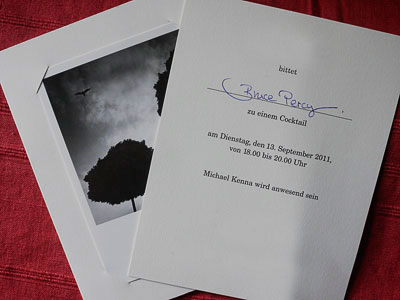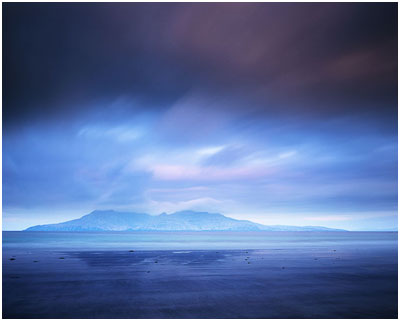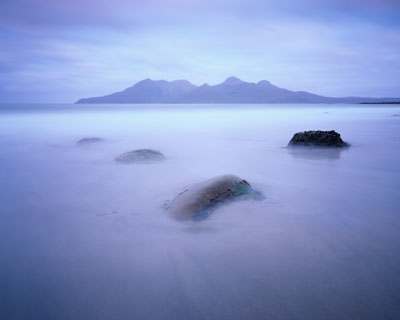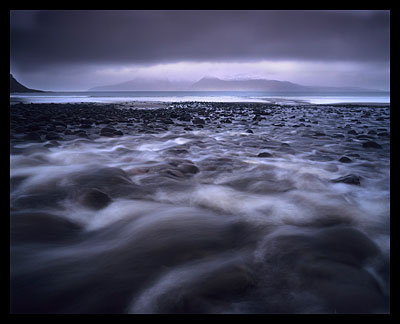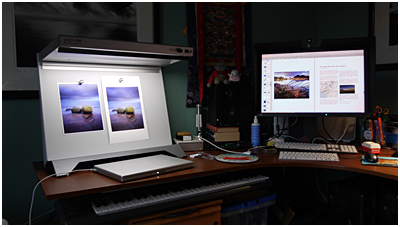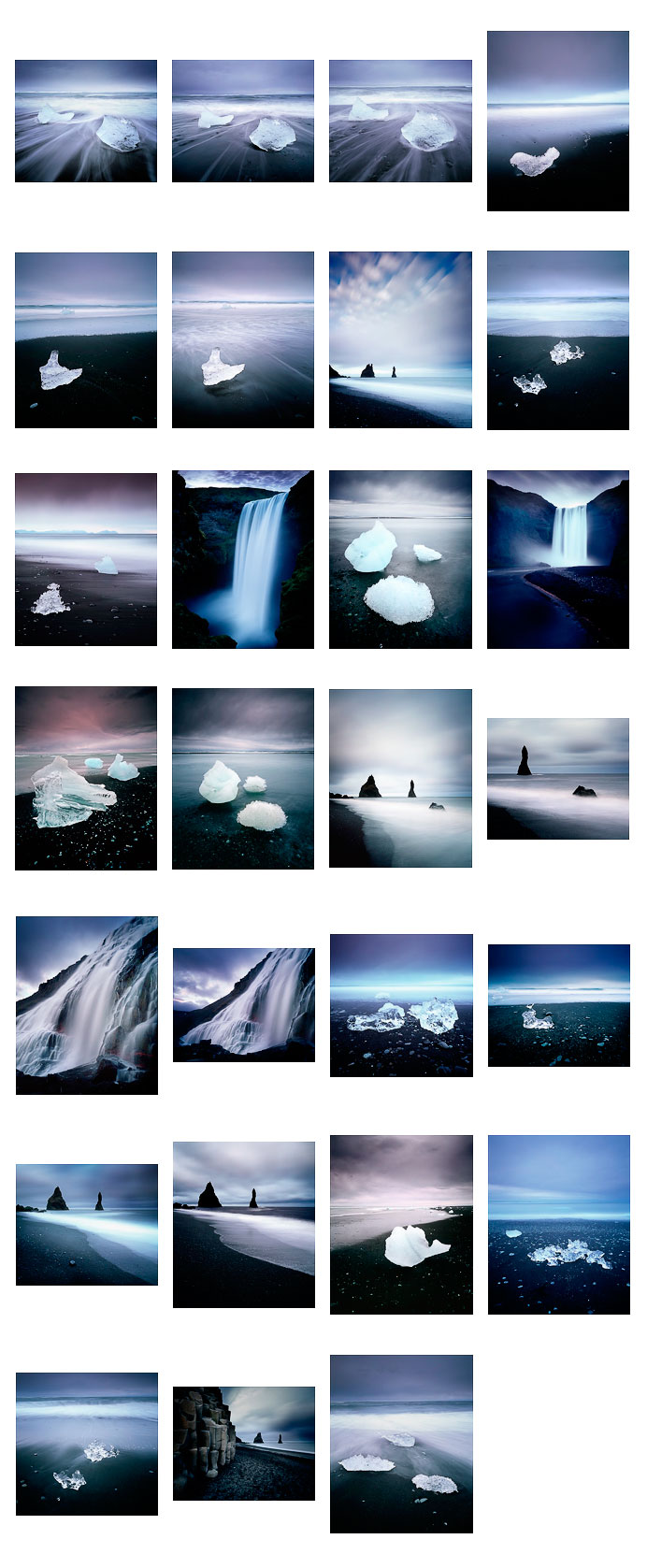This November I'll be running some workshops in the north west of Scotland. The Isle of Harris and the Isle of Skye. I still have some spaces for these and thought I could perhaps persuade some of you - who have been considering coming on a workshop with me, to come on one of these trips (hey, you can of course come on both if you like!). Each year I always find these trips slow to fill up because, I'm sure, that for most beginner photographers, they think that sunny weather and summer are the best times to take out the camera and make images. It just seems to be the nature of the beast. Also, most amateur photographers believe that Summer is the time for vacation, and winter is the time to board yourself up in the house, beside the fire, and wait it out until the sun comes back in Spring.
Well this is all very well, but most photographers don't realise that the best images are made on the edge of changing weather, and we get a lot of that here in Scotland in the winter time. With one weather front passing over, only to be replaced by another weather front, there is never a dull moment.
I also find that people tend to take mental snap shots of the weather during their working day. If we get up in the rain and go to work in the rain, then we think it's been raining all day. Ever since I started to do the workshops, I've never had a week where the weather is constantly wet or windy. It seems that as the week goes, I forget that we started off with a lot of wet weather and by the end of the week, we've experienced days of sun, cloudy weather, still mornings, windy evenings. It just keeps on changing.
The above four photos were taken this February on my Glencoe weekend workshop. The final day we were outside, the rain kept on coming in. I've seen photographers for years on my workshops want to pack away their cameras and consider the day is finished if the rain comes on. But it's actually a very beautiful time to make images, if we can manage to keep the rain of our graduated filters and front lens elements. Anyway, just look at the moods in the sky I captured. This is only possible when things are changing, and dark clouds are passing through - and this kind of thing doesn't happen on sunny days.
But winter is not just about changing moods on the landscape. Consider this Skye image below, shot last December:
Those magenta tones are very visible in winter time, and mostly never seen in summer. In fact, I often think that summer is full of yellow tones in the sky. Winter on the other hand seems to provide some great textures to pay with in many ways: moving changing light, a low sun with long shadows across the landscape, and also of course fast moving clouds blending and blurring the skies as in this shot here of Horgabost beach on Harris:
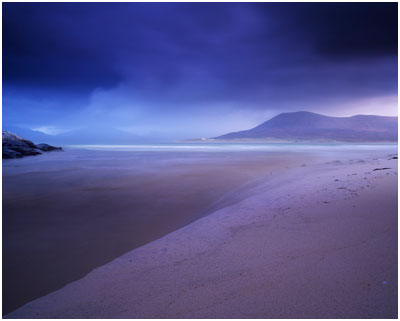 So I'm hoping this post has given you some ideas about shooting in winter.
So I'm hoping this post has given you some ideas about shooting in winter.
If you have been thinking for a while about coming on a workshop with me at some point, then we're just coming into the best times of the year for shooting great, changing light.




